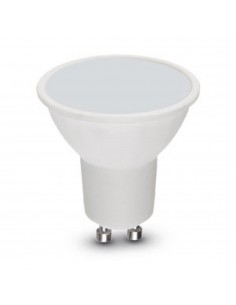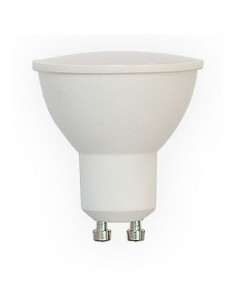- HOW TO DO
- 0 likes
- 322 views
- 0 comments

Guide to LED and Energy Saving Lamps
Understanding the characteristics of LED and energy saving lamps can seem complicated, especially when you find yourself choosing between different options available on the market. This article was created to help you better understand what you need to know before making your choice.
Attack Size: Small or Large?
One of the first questions you will be asked when purchasing a lamp concerns the size of the socket: do you need a small socket or a large one? The most common couplings for home use are the E14, known as the small coupling, and the E27, referred to as the large coupling. Although other types of sockets also exist, such as E10, E12 and E40, they are less common in homes.
Tone of Light: Warm, Neutral or Cold?
Unlike old incandescent lamps, with LED and energy saving lamps you have the possibility to choose the color of the light. The most popular options include:
- Warm Light: 827/830 (2700 or 3000 K), which offers a more yellow-looking light.
- Natural or Neutral Light: 840 (4000 K), a cross between warm and cold light, often used in offices.
- Cold Light: 865 (6500 K), which provides a very white light, less popular in domestic environments than in the past.
The choice depends on the type of environment you want to illuminate. For example, warm light is often preferred in homes and certain types of shops, such as jewelry stores or restaurants, to create a welcoming atmosphere. On the contrary, neutral light is ideal for offices, warehouses and electrical or hardware stores.
Advice for Choosing the Right Lamp
When choosing an LED or energy saving lamp, consider not only the fitting and shade of the light, but also the environment in which it will be used. Remember that the right lamp can make the difference in creating the desired atmosphere and saving energy in the long term.











Comments (0)